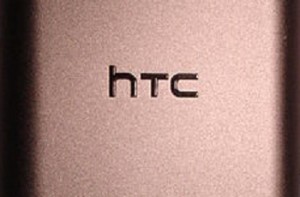A WiFi reflector chip may be all that wearables need to enhance battery life and speed them up.
NASA researchers have now developed a type of WiFi reflector chip that does not require the use of traditional transmitters, and that is now showing a massive amount of potential for improving the experience associated with wearable technology.
These chips reflect the signal instead of relying on the usual type of transmitter, which offers drastic improvements.
Through the use of this chip, it makes data transfer as much as three times as fast as it would be through regular WiFi connections, and it uses notably less power. When you put this into context through its use with wearable technology, what it means is that it will allow for considerably greater battery life, and a notably faster performance. Since these devices are waiting to take off in the near future, this could mean that this type of development could make the difference in boosting their appeal to consumers.
The reason is that this WiFi reflector chip could potentially overcome some of the biggest wearable technology challenges.
 One of the main reasons that consumers haven’t been as impressed with wearables as they could be is because of the battery life. The average device doesn’t last much longer than a day with standard use, and consumers require more than that from a gadget that many of them expect to wear all day and all night (to take advantage of the sleep tracking, alerts, and other functions that they feel might benefit them if they don’t take the device off).
One of the main reasons that consumers haven’t been as impressed with wearables as they could be is because of the battery life. The average device doesn’t last much longer than a day with standard use, and consumers require more than that from a gadget that many of them expect to wear all day and all night (to take advantage of the sleep tracking, alerts, and other functions that they feel might benefit them if they don’t take the device off).
When the WiFi connection isn’t as demanding on the device’s battery power, it means that it won’t run out of juice as quickly, and it could mean that wearables will start to last longer and it may even become possible to make them smaller, since the battery is typically one of the largest components – if not the largest component – that the device must contain.
The size of smartwatches has also been one of the issues that has been causing the sale of these wearable technology devices to stagnate, particularly among women consumers. Should it become possible to reduce their size without cutting back on their battery lifespan, that may also bring about some considerable appeal among consumrs.

 The statement from HTC went on to say that “This will be a state-of-the-art comprehensive portfolio of products for this category powered by Under Armour Record.” Aside from that, though, no further details were provided by the company and anything above and beyond that point has been called speculation. There were no more answers given with regards to why the device was delayed or what changes would be made to those wearables between now and the release in the spring.
The statement from HTC went on to say that “This will be a state-of-the-art comprehensive portfolio of products for this category powered by Under Armour Record.” Aside from that, though, no further details were provided by the company and anything above and beyond that point has been called speculation. There were no more answers given with regards to why the device was delayed or what changes would be made to those wearables between now and the release in the spring.